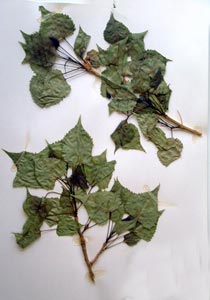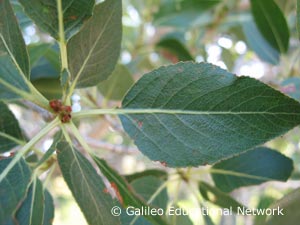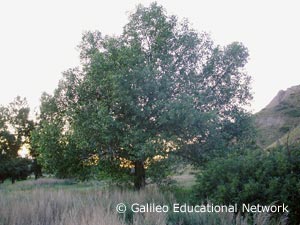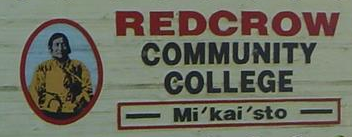A’síítsiksimm – Populus deltoides Bartr. ex Marsh. ssp. monilifera

Pete Standing Alone explains the significance of Cottonwood.
Learn more about Cottonwood:
A’síítsiksimm
A’síítsiksimm iitaotssatssaisskssoyiiyaw niitahtaistsi. Ni’takaiksamaikowan (Pete Standing Alone)aanii niitahtaistsi akstsinaokakoyiiyaw iitohtowaniitssaissksoyii a’síítsiksimm.
Isskoohtsik matapiiksi iitaiki’tsistsiiyaw otsiinimmihtaanowawaiksi.
Ni’takaiksamaikowan (Pete Standing Alone)annii ihtayisitapiiyo’p akitookao’p annayaok tattsikikkonamaan. Iikohtayikayisitapii a’síítsiksimm`niitsitapi ki mahtohtaototao’p.
Cottonwood

Populus deltoides Bartr. ex Marsh. ssp. monilifera
Galileo Educational Network
Cottonwood Trees grow in the river plains where we live. Elder Pete Standing Alone explained that for Cottonwood seeds to grow, a river needs to flood. The tree is part of the poplar family and quickly grows up to 30 metres and can be up to a metre wide. It has smooth, pale bark when it is young but like people, the older the tree is the more ridged and furrowed it becomes. The bright green leaves are shaped like a teardrop.
In times past, the branches of the Cottonwood were used as the burial places of our people and are still considered sacred trees. Elder Pete Standing Alone reminded us that our ceremonial lodges often have at their centre, a poplar tree. It is an important symbol for our people of the connection between the spirit world and our physical body. We have special rituals that help us find and bring this tree to the Sundance. Its branches make the lodge roof.
The Cottonwood tree gave our elders wood for their houses. It is an easy wood to split. Wood bowls were also made from the burls of the Cottonwood tree.
The inner bark of the Cottonwood has a lot of Vitamin C and some salicin, which helps with headaches, pain and fever. A tea of the bark is a good way to get the medicine of this tree.
Peuplier deltoïde

Populus deltoides Bartr. ex Marsh. ssp. monilifera
Galileo Educational Network
Le peuplier deltoïde pousse dans les plaines alluviales où nous vivons. L’aîné Pete Standing Alone nous a expliqué que pour que les graines du peuplier deltoïde puissent pousser, il faut que le cours d’eau déborde de son lit. Cet arbre fait partie de la famille des peupliers. Il atteint rapidement une trentaine de mètres de haut et un mètre de large. Son écorce est douce et claire quand il est jeune, mais comme pour les êtres humains, plus l’arbre est âgé, plus il est “ridé” et cannelé. Ses feuilles d’un vert éclatant sont en forme de larme.
Anciennement, les branches du peuplier deltoïde servaient à l’enterrement des membres de notre peuple. De nos jours, ils sont toujours considérés comme des arbres sacrés. Notre aîné Pete Standing Alone nous a dit que le peuplier deltoïde est employé comme piquet central du tipi de la danse du soleil.
Le peuplier deltoïde représentait une source de bois pour les maisons de nos aînés. Ce bois se fend facilement. Ils fabriquaient également des bols en bois à partir des gros noeuds de cet arbre.
L’intérieur de l’écorce du peuplier deltoïde contient beaucoup de vitamine C et une certaine quantité de salicine, ce qui aide à soulager les maux de tête, les douleurs et la fièvre. Une bonne façon d’obtenir l’effet thérapeutique recherché de cet arbre consiste à faire un thé à partir de son écorce.

Populus deltoides Bartr. ex Marsh. ssp. monilifera
Galileo Educational Network
- Blackfoot Gallery Committee. (2001). The Story Of The Blackfoot People. Toronto: Keyporter Books.
- Standing Alone, P. (personal communication October 28, 2004)referred to Cottonwoods.
- Tilford, Gregory. (1997). Edible and Medicinal Plants Of The West. Missoula, Montana: Mountain Press Publishing Company.





